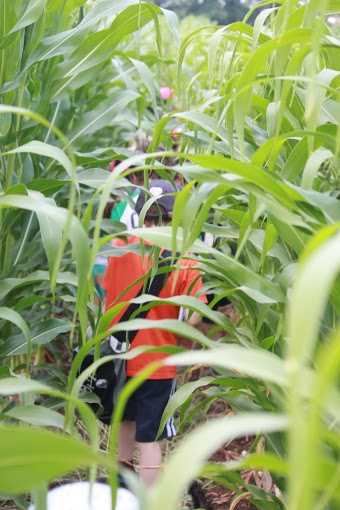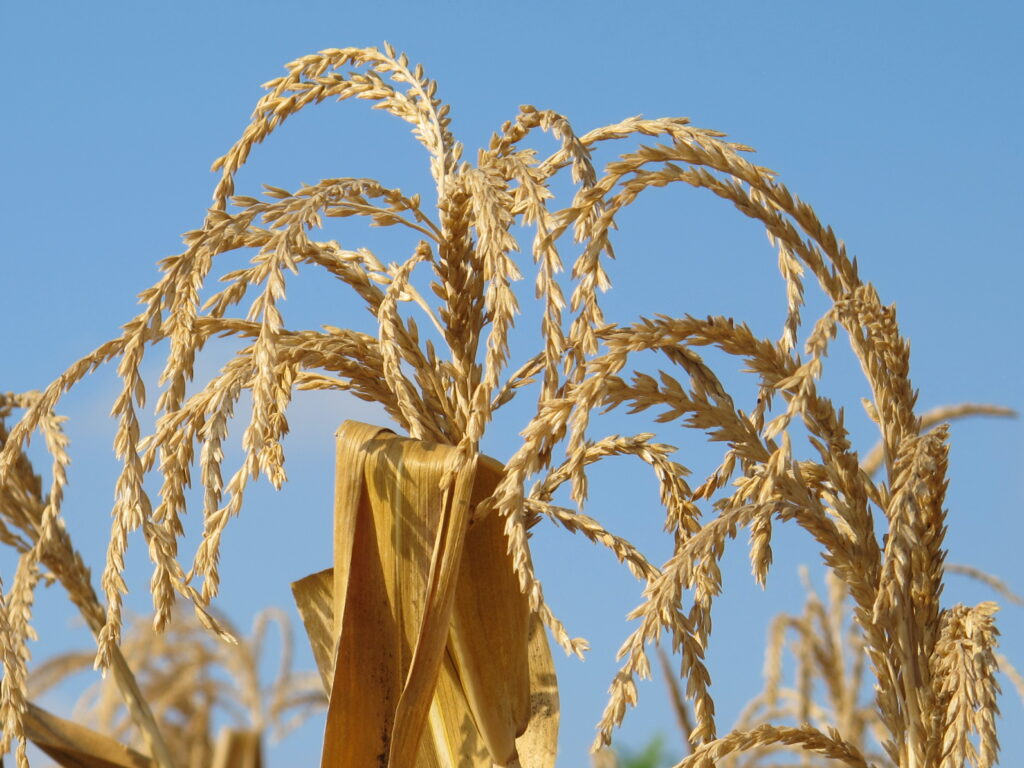 The excellent Iza Pziza dairy in Tal Shachar is pleased to invite you for a visit and activities over the summer. You will meet the goats and kids in the pen, try your hand at your very own cheese-making, and sample all the dairy goodies. What a great activity for a hot summer day!
The excellent Iza Pziza dairy in Tal Shachar is pleased to invite you for a visit and activities over the summer. You will meet the goats and kids in the pen, try your hand at your very own cheese-making, and sample all the dairy goodies. What a great activity for a hot summer day!
See more details here.
_______________________________
One last dance before we say goodbye…
After a fruitful collaboration (sometimes a pun is just – well – perfect…) of several years, we will bid farewell to Helaf and Melo Hatene fruit boxes. The last fruit boxes will be delivered Wednesday, July 12th.
You will still be able to purchase Melo Hatene tahini and coffee via our order system.
We wish to thank Helaf, the very devoted head of Melo Hatene, for years of partnership. Melo Hatene is still active, and you are more than welcome to visit and enjoy all its abundance and unique beauty. The diverse farm hosts a fruit orchard, olive press, apiary, as well as locally ground sesame and coffee. A great place to visit and enjoy.
_______________________________
King Corn – Part 2!
In every Chubeza corn seeding, we insert two beds (4 rows) of hard wrinkled yellow seeds into the earth. When I say we “insert” them, I mean it, because after many attempts to use a seeder, we realized that the best method is still to do it by hand. We notch furrows in the earth and scatter the seeds at a distance of 10-15 cm apart. Afterwards, we cover the furrow, water it, and start praying for healthy growth.
After the initial sprouting, the corn grows rapidly, producing tall, strong, erect stalks that you can actually get lost in. At a farm where I worked in California, each year they would plant a huge corn maze where everyone, young and old, would love to get lost in during the October Halloween festival. At Chubeza, a group of kids decided to find out what it feels like to enter the corn bed jungle:




Since we seed the corn repeatedly within relatively short spans of time, a tour of the field reveals corn beds of varying heights, from 20 cm munchkins, through 50, 80 and 150 cm tall guys, all the way to towering stalks of 2 meters and more! Even the plants that have already been harvested and are currently retired are in no hurry to migrate to Miami, but rather stand there yellowing away in the summer sunshine. (I harbor a special fondness for them…)

The type of corn Chubeza grows belongs to the “super-sweet” variety (SH2). True to its name, this corn is indeed super and sweet. Who would have believed that such incredibly tasty corn is actually the result of a mutation! And before you ask – I do not mean a genetic-engineered mutation (perish the thought), but rather one which occurred naturally, in the field, far away from sterile labs, and consequently developed by simple hybridization just like any other hybrid seeds. Here’s how this works:
Most of the corn seeded in the world is not even sweet (field/dent corn), but is produced primarily for animal fodder, for cornflower production, and for industrial uses such as ethanol for gas, the plastic industry, corn oil and various other additives. This field corn is actually the ancient corn variety that was grown in Southern and Central America thousands of years ago.
A primary advantage of corn is that it is unstable. It is a crop that is genetically sensitive to mutations and changes that occur in nature, in its genetic composition, which makes it an honored guest within the annals of scientific research (corn plants were instrumental in reaching some of the most important discoveries in genetics, like the Transposons) and a huge variety of corn types – in different colors, shapes and sweetness. Here are some examples:

Sweet corn has been known in Western civilization since 1770. It is not clear when this natural mutation first occurred, but it caused the storing of a double amount of sugar in the storage tissue (endosperm) of the seed. There are hundreds of sweet corn varieties in this group, and it is the common form of fresh corn (on the cob) here in Israel. But this sweetness lives on borrowed time – corn is a cereal crop, and thus from the moment it ripens and is picked off the stalk, an internal process occurs where the sugars turn to starch. During this process, corn loses its sweetness and becomes floury and starchy, thus corn that is eaten more than 3 or 4 days from harvest loses a great deal of its sweetness.
Over the past few decades, two other groups of corn were developed, both based on mutants that occurred naturally which were then carefully developed to create stable varieties for agricultural use. One is the “sugar enhanced” (SE) corn, boasting higher sugar content than traditional sweet corn, which is why when refrigerated it retains sweetness 2-4 days after harvest. The second group is the Super-Sweet corn (SH2), three times sweeter than the other varieties. And most important here, the process of the sugar-transforming-to-starch is much slower, allowing it to remain sweet up to ten days after harvest (when refrigerated). This has, of course, many advantages, specifically when dealing with export to distant markets—but the Chubeza family has the chance to enjoy these nice mutants on the same day they are picked: triply sweet and fresh.
If you cook our corn, this sweet treat blends perfectly with so many flavors: salty, spicy, and sour ingredients all add a distinctive, complementary savor. But really, the best way to enjoy this corn is by simply cooking it in water for a few minutes and then biting right into the fresh cobs. Perhaps it’s too early just yet, but in two months’ time when you may feel the need for a change of pace, take a look at our recipe section for some intriguing non-standard uses for the sweet king of summer.
Here’s to a sweet and summery week, and don’t forget to drink!
Alon, Bat Ami, Yochai, Dror and the entire Chubeza team
____________________________________
WHAT’S IN THIS WEEK’S SUMMER BOXES?
Monday: Parsley, Amoro pumpkin, cherry tomatoes /okra, fakus/cucumbers, zucchini, tomatoes, corn, eggplant, potatoes, melon/water melon. Small boxes only: leeks/garlic.
Large box, in addition: New Zealand spinach/ lettuce, parsley root, slice of Provence pumpkin/butternut squash, yard-long beans.
Wednesday: Parsley/cilantro, Amoro pumpkin, fakus/cucumbers, zucchini, tomatoes, corn, eggplant, potatoes, melon/water melon. Small boxes: cherry tomatoes/okra/yard-long beans. Small boxes only: New Zealand spinach/ lettuce.
Large box, in addition: Parsley root, slice of Provence pumpkin/butternut squash, leeks/garlic, yard-long beans and cherry tomatoes.
And there’s more! You can add to your basket a wide, delectable range of additional products from fine small producers: flour, sprouts, honey, dates, almonds, garbanzo beans, crackers, probiotic foods, dried fruits and leathers, olive oil, bakery products, apple juice, cider and jams, dates silan and healthy snacks and goat dairy too! You can learn more about each producer on the Chubeza website. On our order system there’s a detailed listing of the products and their cost, you can make an order online now!
